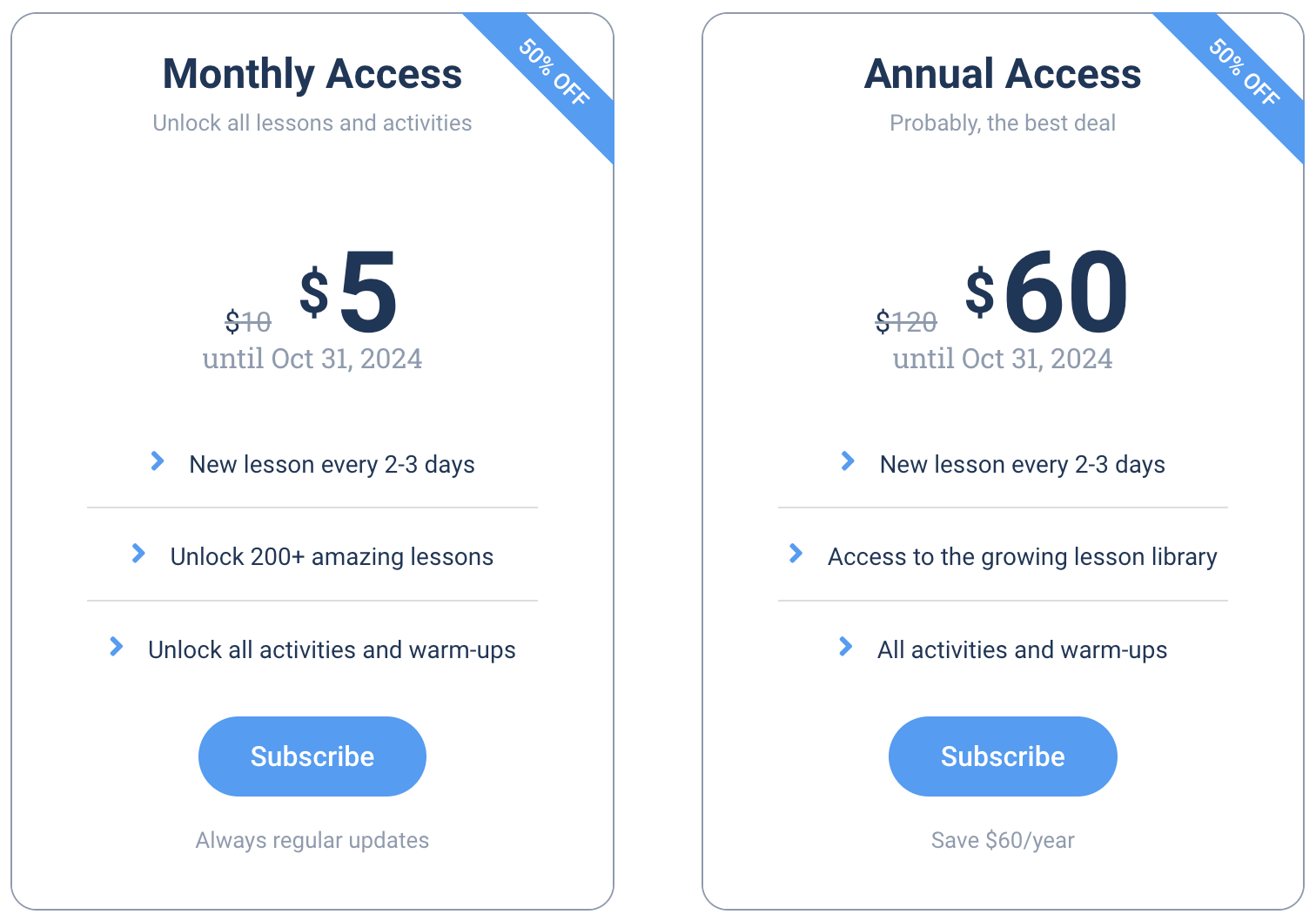A2 Level (Elementary)
- Do you go to the gym?
- What exercises do you like to do?
- What do you wear to the gym?
- Do you have a favorite gym machine?
- How do you feel after exercising?
- Do you drink water or sports drinks at the gym?
- Do you listen to music when you work out?
- Have you ever taken a fitness class?
- What time do you prefer for exercising?
- Do you go to the gym with friends?
- How long do you stay at the gym?
- Do you stretch before exercising?
- What is a treadmill?
- Do you lift weights?
- What snacks do you eat after the gym?
- Do you have a gym membership?
- How do you travel to the gym?
- What is your fitness goal?
- Do you like indoor or outdoor exercise?
- How do you relax after the gym?
B1 Level (Intermediate)
- Why do you think people go to the gym?
- What are the benefits of regular exercise?
- How do you stay motivated to go to the gym?
- What’s the difference between cardio and strength training?
- How do you choose the right gym?
- What’s your routine when you go to the gym?
- How do you track your fitness progress?
- What’s your opinion on personal trainers?
- How do you balance exercise with other activities?
- What are some common gym exercises?
- How important is gym etiquette?
- How do you prevent injuries at the gym?
- What are the pros and cons of gym memberships?
- How does diet affect your gym routine?
- What are your fitness goals?
- How has your gym experience changed over time?
- What’s the role of technology in fitness?
- How do you deal with gym anxiety?
- What are group fitness classes like?
- How do you recover after a tough workout?
B2 Level (Upper Intermediate)
- Discuss the role of gyms in modern society.
- How does regular gym attendance impact mental health?
- What are the trends in fitness and gyms?
- How do social factors influence gym habits?
- Discuss the importance of setting realistic fitness goals.
- What’s the impact of the gym environment on motivation?
- How can gyms cater to diverse fitness needs?
- What are the challenges of maintaining a consistent gym routine?
- How do cultural perceptions of fitness vary?
- Discuss the importance of professional guidance in fitness.
- How does age affect gym routines and exercises?
- What are the misconceptions about gym workouts?
- How do specialized gyms differ from general fitness centers?
- Discuss the balance between cardio and strength training.
- How do fitness apps and online resources complement gym workouts?
- What’s the future of the gym industry?
- How do gyms impact community health?
- Discuss the ethics of gym marketing strategies.
- What role does nutrition play in a gym-goer’s life?
- How do gender and body image perceptions influence gym culture?
C1 Level (Advanced)
- Analyze the psychological benefits and drawbacks of gym culture.
- Discuss the evolution of gym and fitness trends over the past decades.
- Evaluate the effectiveness of different workout regimes.
- Explore the role of gyms in promoting public health.
- Debate the necessity of gyms in achieving fitness goals.
- Analyze the economic aspects of the gym industry.
- Discuss the impact of social media on gym culture.
- Evaluate the role of gyms in holistic wellness.
- Explore the relationship between gym culture and body positivity.
- Discuss the integration of technology in modern gym experiences.
C2 Level (Proficiency)
- Critically assess the influence of commercialization on gym culture.
- Explore the sociocultural dynamics within gym environments.
- Debate the long-term sustainability of current fitness trends.
- Analyze the impact of globalization on gym and fitness practices.
- Examine the ethical considerations in fitness marketing and gym management.
- Discuss the role of gyms in shaping societal norms around health and body image.
- Analyze the intersection of health, fitness, and lifestyle in gym culture.
- Critique the portrayal of gyms and fitness in media and popular culture.
- Explore the future challenges and opportunities in the gym industry.
- Debate the role of gyms in addressing public health crises.

